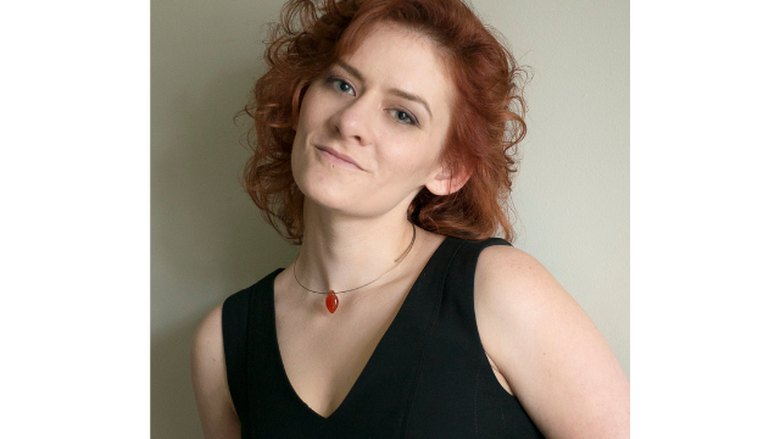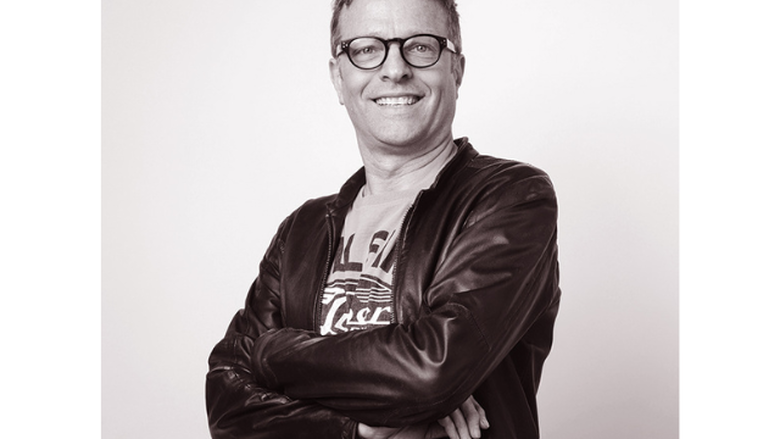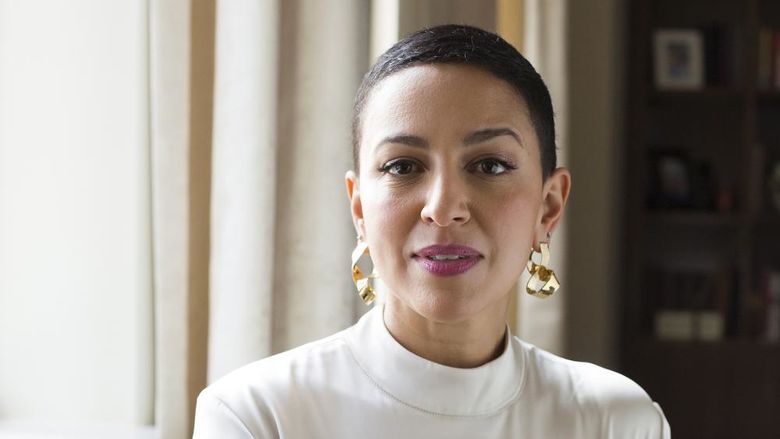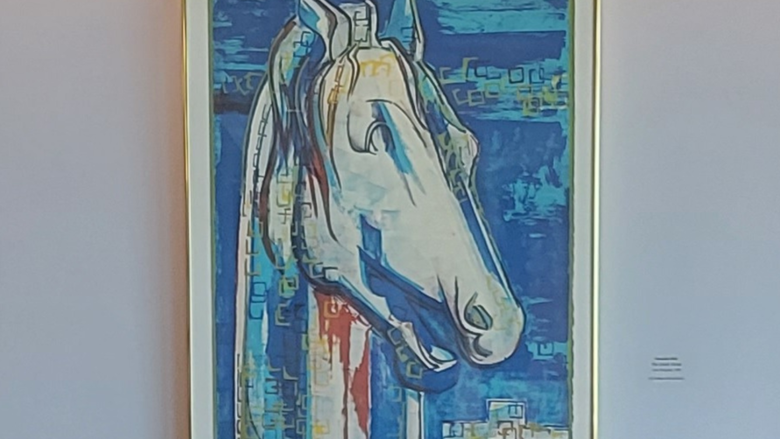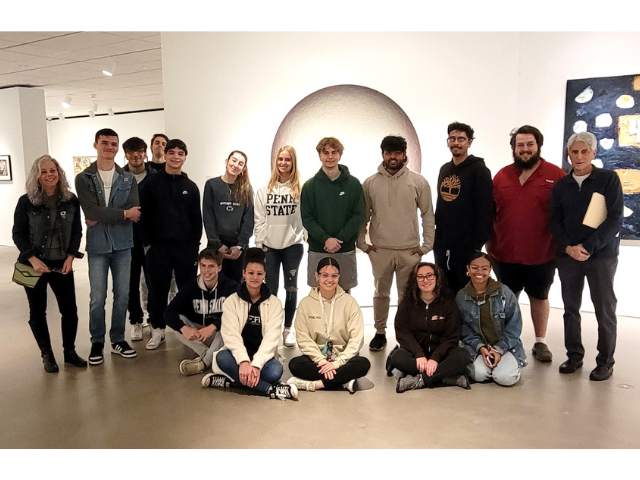
Students in the Art of Mathematics course received a private tour of the Allentown Art Museum from Nicole Mangold, AAM manager of education, explored the museum’s on-site Frank Lloyd Wright Library, and found math concepts in different works of art for a class presentation.
CENTER VALLEY, Pa. — Penn State Lehigh Valley (PSU-LV) students studying the intersection of art and math as part of the Art of Mathematics course had the opportunity to put some of their classroom theory into practice with a recent visit to the Allentown Art Museum (AAM). Ann Lalik, arts coordinator and director of the Ronald K. DeLong Gallery, and Larry Musolino, assistant teaching professor of mathematics at PSU-LV, co-teach the course and accompanied the students on the tour.
Nicole Mangold, manager of education at the AAM, gave the students a personal tour of the facility. Besides learning more about the various pieces in the permanent collection, the students were able to explore the museum’s Frank Lloyd Wright Library.
“Frank Lloyd Wright used a lot of geometry in his architectural designs, and there were many technical aspects in his work,” Lalik said, noting the course curriculum does cover architecture. “In class, we talk about the Fibonacci sequence, the golden spiral, perspective, tiling, and tessellations. The Golden Spiral is a design concept used by artists which is based on the Golden rectangle and the Fibonacci sequence,” Lalik said.
Admiring and learning about the artwork was not the students’ only assignment during the visit.
“We asked students to explore the museum and try to find examples of where art and math might intersect,” Musolino said. “Students were asked to look at works from a different perspective and find the mathematical connections. Sometimes [using math] is intentional on the part of the artist, to create a pleasing effect. When artwork and other compositions are created in a certain perspective, it’s pleasing to the human brain.”
Students then had to research the work, its artist, and any mathematical connections identified in preparation for a class presentation.
Lalik and Musolino said they wanted to get the students out of the classroom and into an environment where they could see course material applied in real life.
“It’s good to get the students out of the classroom and see the artwork in its own environment, and hearing from a curator gives it all a fresh perspective,” Musolino said. “It’s one thing to see a picture of a painting, but it’s different to see it in real life, where you can see the intricate brushwork and other details.”
Finding connections in artwork has also made the math less intimidating for students, Musolino said. "The premise is to give students a whole different angle to appreciate mathematics. In high school, math can be torturous and not interesting for some students. This course exposes students to the hidden beauty and harmony of math. The emphasis is to explore the beauty of mathematics from the standpoint of artistic designs, recognizing patterns, and how it’s used in music, dance, architecture, and nature.”
For Lalik, just getting the students to the museum was important.
“Most of the students had never been to the museum before. It’s such a special place. It’s so important for them to be connected to their community resources on many levels. To go and visit an art museum is not something many students would normally do, but the fact that it’s now free, it’s definitely a place they can visit again. We do have art on campus, so they can see it, but a museum is a setting that says, ‘This art is really important,'" said Lalik.
